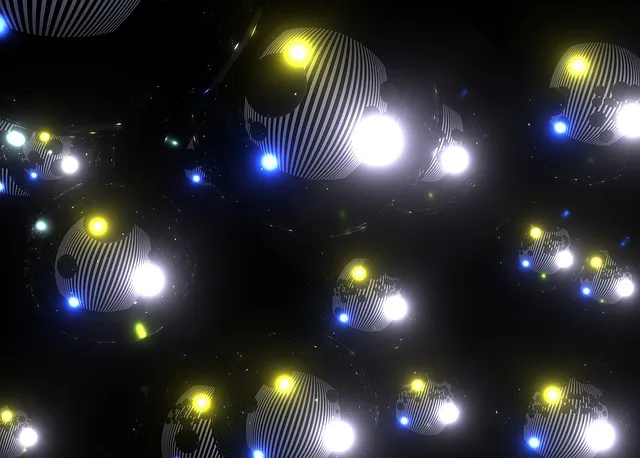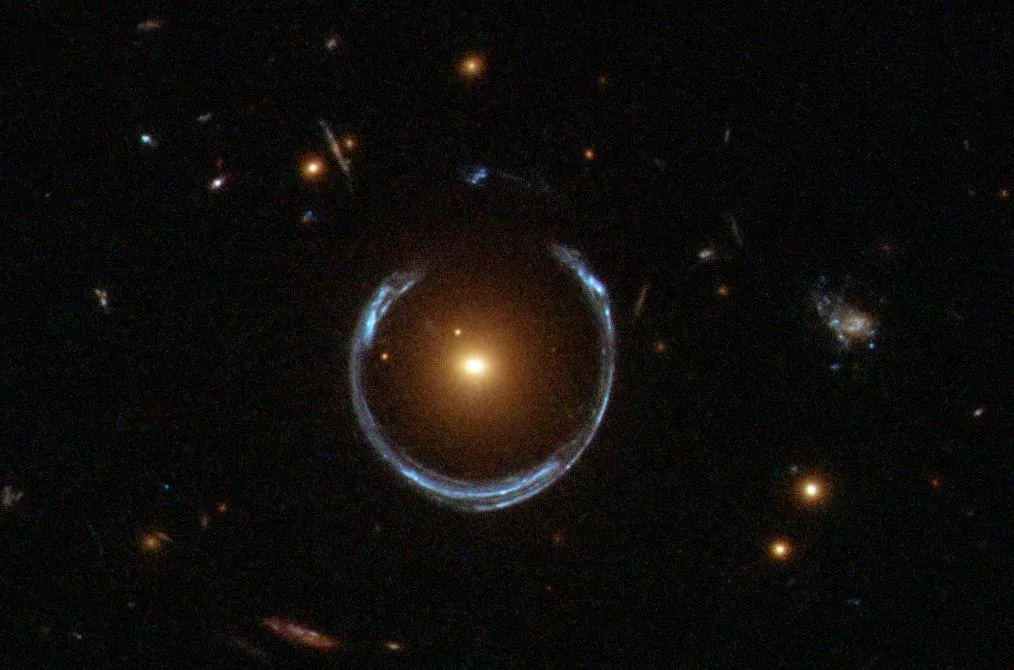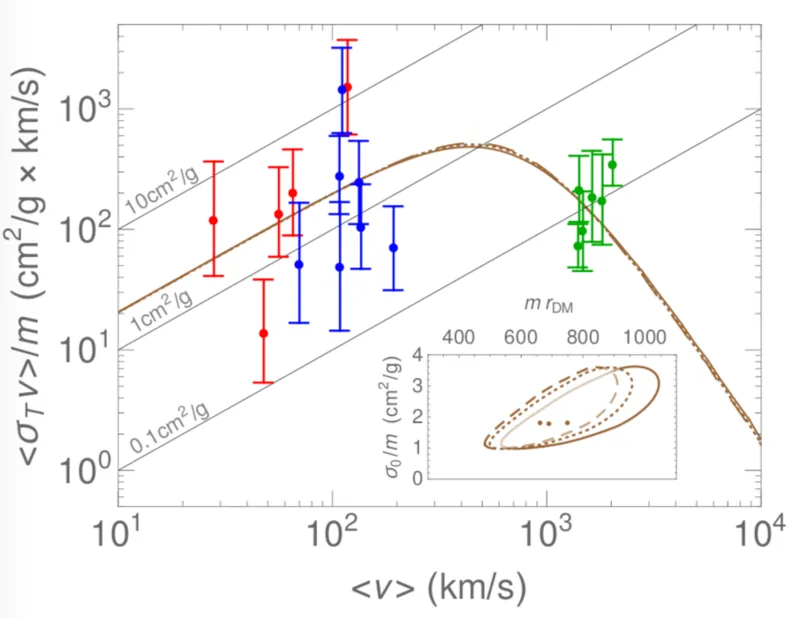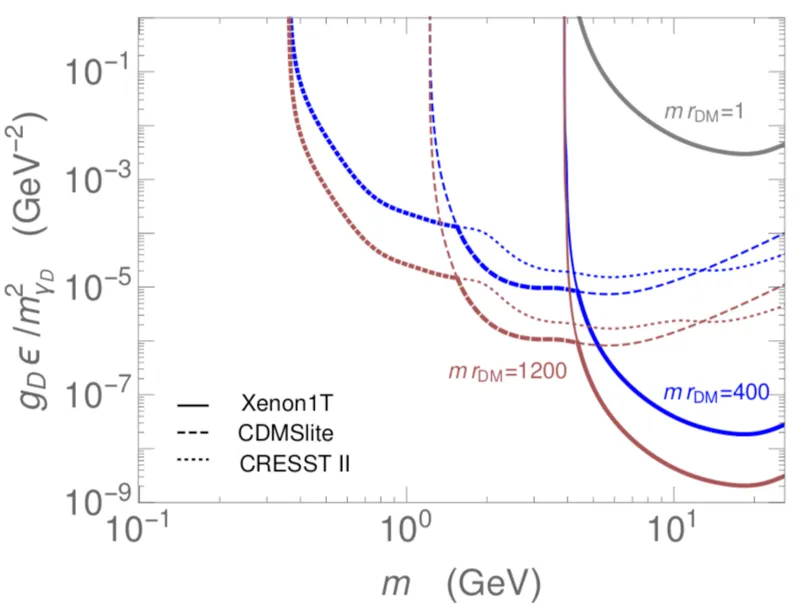As always, it turns out that I am busier than expected, and that I have less and less time to post on this blog. However, I am still around. To celebrate this (yeah… really :p), here is a new article on dark matter.

[image credits: Activedia (Pixabay)]
It originates from a scientific article that I have recently read and that introduces the concept of puffy dark matter.
In this article, the three authors propose a new model of dark matter, compatible with the fact that dark matter must explain a large set of cosmological data but has not been found yet.
The key point relies on a dark matter particle that has a non-zero finite size (it is thus not a point-like particle). They have coined their model puffy dark matter. Let us dig into this!
Dark matter 101
Let us first summarize a little bit the motivation behind the idea of dark matter.

[image credits: NASA (public domain)]
The first mention of dark matter as we know it today dates back from the 1930s, when it has been introduced to explain the motion of stars in the galaxies.
At that time, it has been found that at large distances from the galactic centers, stars were moving faster than predicted.
The Swiss astronomer Fritz Zwicky proposed that some mass was present and invisible, causing the motion of the stars to be faster.
Since then, many more indirect evidence for dark matter has been found, so that it is now part of the standard model of cosmology and helps in describing many observed features.
First of all, dark matter is a necessary component of the universe to explain cosmic microwave background data (from the Planck collaboration in particular). This consists in the fossil radiation left from the big bang and it exhibits anisotropies (the radiation is not the same everywhere in the universe) that can be used to constrain models.
Secondly, dark matter can be indirectly seen when studying gravitational lensing, or in other words the bending of light when it travels to us. General relativity indeed predicts that heavy objects distorts the trajectory of light in space, no matter these objects are visible (like stars) or dark (like dark matter).
Finally, as a last motivation (but there are more), dark matter consists in the seeds that have led to the formation of the galaxies by gravitational interactions. Without it, there is no way to explain why galaxies are what they are today.
Besides all of these good news for dark matter, we have not found it yet, although there is a vast dark matter direct detection search program. There must be a reason, that could be that dark matter may be not as simple as we thought. This is where new ideas come into the game.
Dark matter self-interactions and puffy dark matter
Recently, a bunch of studies (see for instance here or there) have shown that dark matter must be self-interacting. Moreover, these self-interactions occur with a well-defined rate.

[image credits: NASA/ESA (Public domain)]
However, it turns out that the interaction rates at small distance and at large distance seem to be incompatible with each other.
Dark matter self-interacts less at large distances (i.e. in clusters of galaxies) than at short distances (within small astrophysical halos).
Different ideas have been proposed to reconcile these facts, and puffy dark matter is one of them. Here, the dark matter particle is assumed to have a finite radius so that the self-interactions behave differently depending on the scale.
At small scale, dark matter acts as a point-like particle whilst at larger scale, its internal structure is at work. This is illustrated in the figure below.

[image credits: arXiv]
The figure shows the dependence on the self-interaction rate (y-axis) on the puffy dark matter velocity (or in other words the scale). The colored bars consist in data and the predictions are in brown. In other words, the puffy dark matter idea is both simple and seems to be working.
More constraints on puffy dark matter
In their paper, the authors also study how the puffy dark matter model is constrained by experiments targeting the direct detection of dark matter on Earth.
I recall that dark matter is very weakly interacting, but this does not mean its is not interacting with normal matter at all. Therefore, if we take a detector large enough, in a place calm enough, and record what is going on for long enough, we may observe dark matter.
So far, there is no discovery so that constraints are put on models. This is what is shown, for the puffy dak matter scenario, in the picture below.

[image credits: arXiv]
A good fraction of the model parameter space is excluded (the upper-right part of the figure), but many configurations are still viable. In other words, the idea is not excluded and opens up a new avenue in the zoology of dark matter models.
Take-home message
There is a lot of evidence for dark matter, but all of them are so far indirect. There is indeed no direct observation of a dark matter particle on Earth, and this in any of the experiments looking for it. For this reason, designing novel ideas for dark matter is a very active field. We indeed want to answer the question: Why is dark matter working so well and still evading detection?
In the article I discuss in this post, the authors propose a model called puffy dark matter in which dark matter particles are composite objects of a finite size. This has the advantage that dark matter reacts differently depending whether its internal structure is probed or not.
The article shows that puffy dark matter first reconciles intriguing data on the dark matter self-interaction rates, and that it is also allowed by current constraints. Now, only future data ay tell us more about the viability of such a scenario, and we need to stay tuned!
SteemSTEM
SteemSTEM aims to make Steem a better place for Science, Technology, Engineering and Mathematics (STEM) and to build a science communication platform on Steem.
Make sure to follow SteemSTEM on steemstem.io, Steemit, Facebook, Twitter and Instagram to always be up-to-date on our latest news and ideas. Please also consider to support the project by supporting our witness (@stem.witness) or by delegating to @steemstem for a ROI of 65% of our curation rewards (quick delegation links: 50SP | 100SP | 500SP | 1000SP | 5000SP | 10000SP).